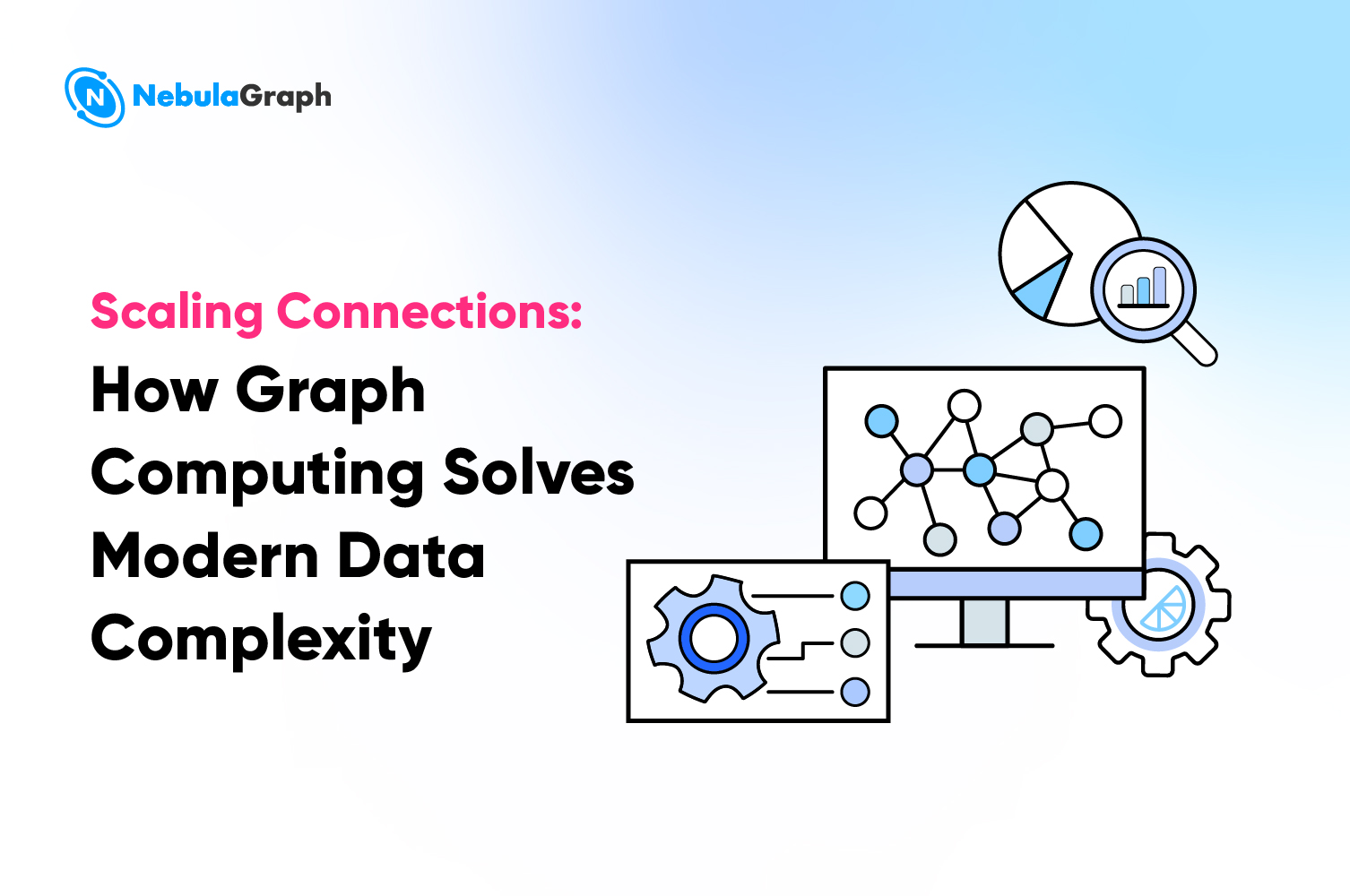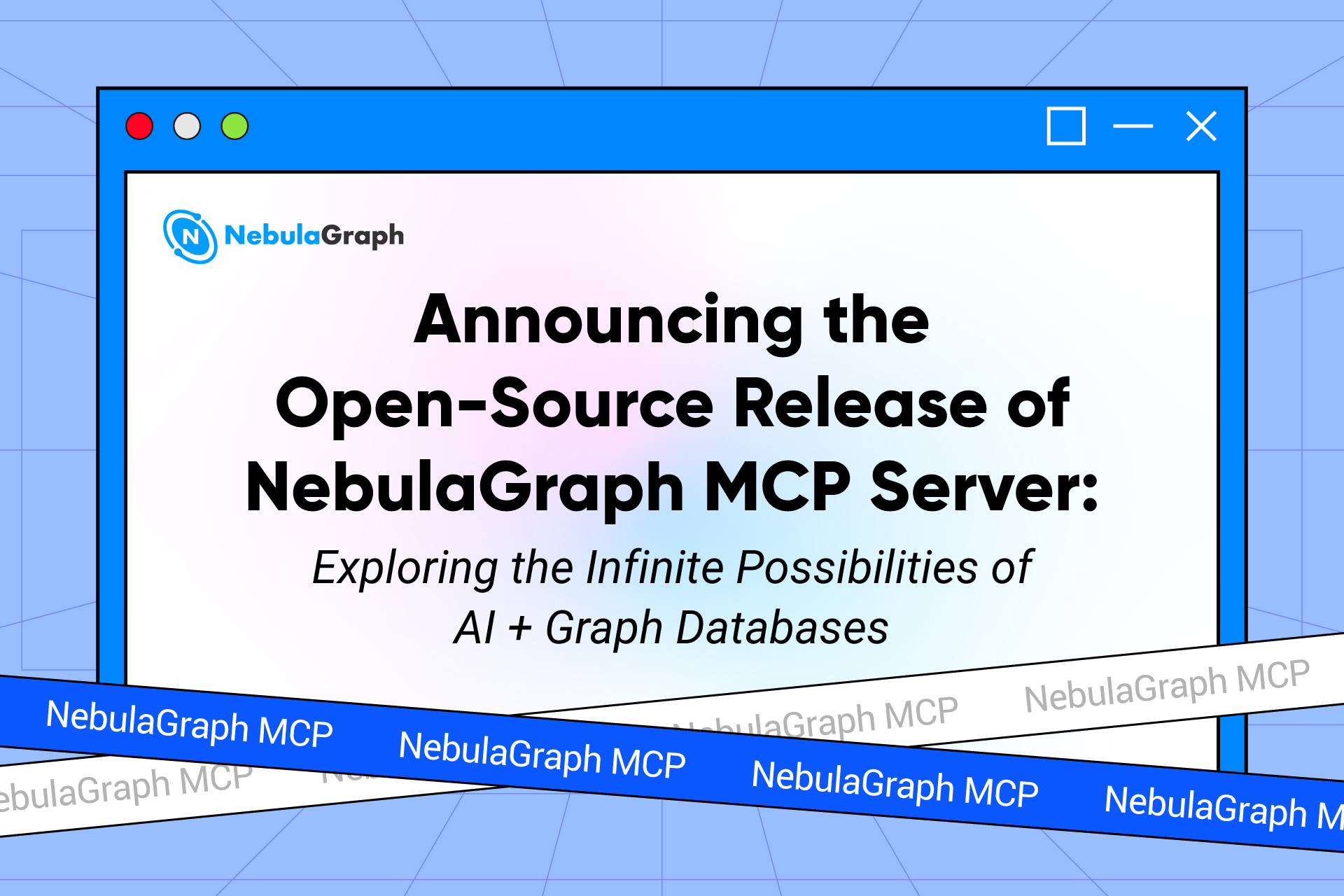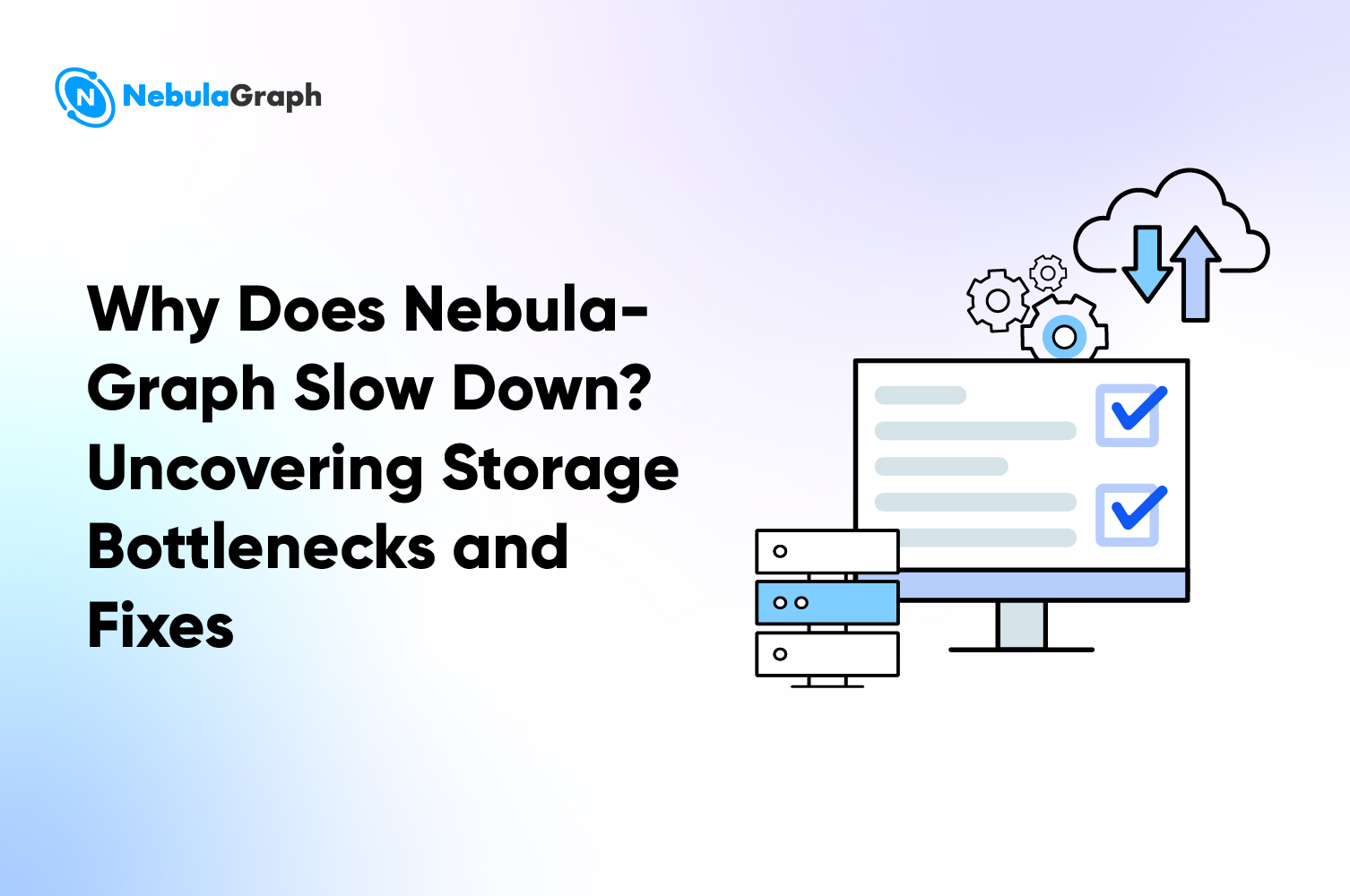Use-cases
How to choose a database for a social media app
According to a report published on Statista, the Database Management Systems (DBMS) market is worth $80 billion in 2023. This figure is expected to grow much faster as more businesses begin to do more with their data.
Social networking apps are some of the greatest consumers of data, and so the need for robust databases is ever important in this industry. Social media apps need databases to store user information, distribute content, and enable interactions between online communities.
This guide explores choosing the right database for a social networking app and the best practices for creating the ideal database design for social media.
Databases for a social media
In most cases, you will most likely end up using a combination of databases to suit specific features and requirements.
Having said that, these are the most common types of databases that programmers use when working on social apps:
1. Relational databases
A relational database uses tables and rows to store data. It is ideal for information that has a standardized, consistent structure.
Examples of such information could include customer contacts (first name, last name, phone number, address, etc). Examples of relational databases include MySQL, PostgreSQL, and Microsoft SQL Server.
Also Read: Relational vs Non-Relational Databases
2. Document databases
A document database stores unstructured data that does not fit into traditional relational databases. It is a type of NoSQL database, meaning it does not use Structured Query Language to retrieve data.
Document databases are ideal for user-generated social data like user chat messages, comments, photos, and videos. Examples of document databases are MongoDB, Firebase Realtime Database, and CouchDB.
3. Graph databases
A graph database stores data as connections rather than rows and tables. It is ideal for data that has complex relationships, e.g., friends, followers, likes, and shares on a social network. These databases enable social media apps to recommend new friends, pages, or products. Examples of graph databases include NebulaGraph, Neo4j, ArangoDB, and OrientDB.
Learn more about the kind of result to expect from a graph database in action for a social network - the case of NebulaGraph and WeChat. There are more use cases to consider.
4. Key value databases
A key value database stores data that has unique identifiers, e.g., time stamps. In a social networking app, these identifiers or keys can be login sessions or notification preferences. Examples of key-value databases include Redis, DynamoDB, and Memcached.
Note: Top social networks like Facebook, Instagram, LinkedIn, and YouTube use all the above databases in some capacity. For example, Facebook uses the following types of databases:
- RocksDB for data storage
- Velox for data management
- MySQL database for storing all social data
- Apache Hadoop for big data, and more.
This approach is essential for social networks because their databases receive billions of requests per second (RPS). These platforms also generate terabytes of data every day, meaning that they need a variety of databases to sort, index, and secure user data.
Choosing a database for a social media app: factors to consider
Since social media apps have numerous features, they require a mix of databases to support their functions.
For example, one database can store user authentication data while another stores their posts and preferences.
To make sure you are using the right database for your social app, please consider these items:
1. Data volume
A social app generates huge volumes of data, e.g., profiles, comments, images, videos, shares, etc. The database you choose for your app should support this data securely and efficiently.
2. Update frequency
Social apps require real-time notifications and updates, which means that they must be fast and reliable on desktops and mobile devices.
Key-value and document databases are best suited for frequent updates because they allow users to easily add, delete, or edit their data. Relational databases may prove less flexible and difficult to update quickly.
3. Privacy and security
When choosing databases for a social network system, it is important to balance between data security and app performance.
Pick a combination that will provide data protection and compliance while maintaining a good user experience. This enables the social media app to encrypt, authenticate, and back up user data without compromising on speed.
4. Scalability
Social networking apps scale in four main ways:
- New features and functionalities
- Increased number of sign-ups
- Increased traffic to the app or website
- Increased user generated content (user chat messages, photos, videos, links, etc.)
The social network system should therefore support horizontal scaling, which means adding more resources like servers to manage growth. The social app databases should be able to manage increasing capacity without slowing down or compromising data security. A graph database with horizontal scaling capabilities is best suited for this. NebulaGraph is great in this aspect.
5. Supportive community
Of course, you will always need a strong community around the database option you are going to choose. A strong community means you will always be able to get the help you need whenever you get stuck somewhere, which is normal in any development set up.
Please note that a community is both the people running the database as well as the developers who use it. When these two sides are strong and committed, you will have a smooth time working on the app. This is particularly critical for open source solutions.
Best practices for designing social media databases
We define database design as the process of modeling data to work with a database management system. This can be a complex task that needs careful planning because of the various types of data that a social app generates. It also affects the budget and resources that developers can allocate to creating social networking apps. Since each type of database presents unique pros and cons, please apply the following best practices.
1. Prioritize simplicity
Whatever database system you choose to go with, the frontend should be as user-friendly as possible. This means using easy naming conventions for all pieces of data.
In addition, a social network system is an ever-changing application. This means that end users and backend development teams should be able to modify it easily.
An example of database simplicity is creating a simple user message table for storing messaging data. It should contain basic attributes like the sender’s first and last name, time stamps, and message body. These are enough to create a user-friendly messaging system for a social app.
2. Normalize the data
Data normalization means that all data entries in a database are similar across the social network system.
This creates a standardized data format that links tables or graphs together, making it easy to query and update the database. When data is normalized, it addresses the following challenges of database design:
- Redundancy: This means storing the same piece of data in multiple separate locations, which leads to duplications and errors.
- Dependencies: This means the relationships between data attributes in a database, e.g., linking a username to its owner’s location or transaction history. Dependencies must be verified to maintain data integrity.
- Anomalies: This means errors that occur when adding, deleting, or updating a database. Normalized data helps to avoid these errors.
3. Consider long-term usage
Database design needs to consider the lifespan of the social network. Once past the beta phase, the social app database must adapt to changes in internet connection speeds and new use cases going forward.
Cultivate the habit of documenting each stage of the database design process. You should also create diagrams of the specialized databases for future reference.
This may seem tedious, but it enables the social app to grow and adapt consistently over time. It also gives insights into how the app will use computing resources at scale as more users sign up.
4. Prioritize collaboration
While automation is an essential part of database design, database maintenance requires a team of experts that collaborate at every step. The ideal database backend development team comprises of:
- A database engineer
- A business analyst
- A solutions architect
- A database administrator
Most programmers often make the mistake of bringing in Database Administrators towards the end of the design. Please avoid this mistake. The DBAs are critical for aspects such as naming conventions, which developers need in the early phases.
Bear in mind that all these experts can be a significant human resource investment which can also involve intense training and outsourcing when the need arises. It also includes the licenses for database software and tools that the team will need.
5. Use models to test the database
The database design phase determines the success of the social network app. Therefore, it is critical to take time and test it using different database models.
All stakeholders should be involved during the testing process to encourage constructive feedback. Database modeling has several advantages for social networking apps, including:
- Reducing maintenance requirements
- Managing costs
- Visualizing databases that best fit the desired use case
- Optimizing databases before deployment
- Discovering bottlenecks or other performance challenges, etc.
It is important to dedicate time and resources to modeling and testing the databases upfront, rather than deploying and fixing issues later. This ensures that the database for social media app works as desired and requires minimal maintenance.
Conclusion
Before choosing any database for your social media app development, it is important to begin with the clear goal of creating the app in the first place.
If creating a photo and video sharing app, for example, document databases will work well because they are good at storing unstructured data like media files. If developing a music streaming app, key-value databases are ideal for creating playlists, updating track details, and recommending new bands and genres.
Similarly, a social blogging app is best served by graph databases. This is because these databases can connect users’ posts to their followers, organize timelines, and follow topics and trends.


